Home>Gardening & Outdoor>Landscaping Ideas>When Is A Good Time To Cut Grass
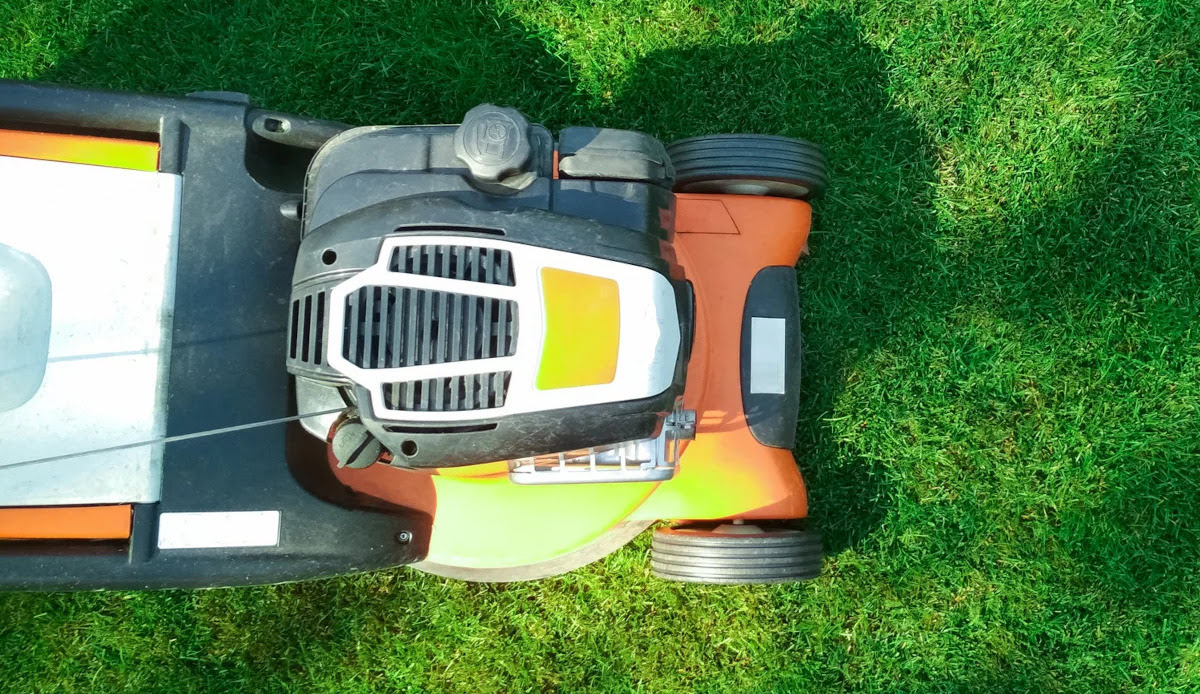

Landscaping Ideas
When Is A Good Time To Cut Grass
Modified: February 18, 2024
Learn the best landscaping ideas and tips for determining the perfect time to cut grass. Discover how to maintain a healthy and vibrant lawn.
(Many of the links in this article redirect to a specific reviewed product. Your purchase of these products through affiliate links helps to generate commission for Storables.com, at no extra cost. Learn more)
Introduction
Keeping a well-maintained lawn is a point of pride for many homeowners. A lush, green expanse of grass not only enhances the aesthetic appeal of your property but also provides a welcoming outdoor space for relaxation and recreation. One of the key aspects of lawn care is knowing the best time to cut the grass. By understanding the optimal timing for this task, you can ensure the health and vitality of your lawn while also making the most of your efforts.
In this comprehensive guide, we will explore the various factors to consider before cutting grass, including the best time of day and the best time of year to perform this essential lawn care activity. By the end of this article, you will have a clear understanding of when to schedule your grass-cutting sessions for the best results.
Key Takeaways:
- Timing is crucial when cutting grass. Consider factors like grass height, weather, mower maintenance, mowing frequency, and clippings management for a healthy lawn.
- Mow your lawn in the late morning or early afternoon for the best results. Avoid mowing wet grass, extreme heat, and late evening to promote grass recovery and resilience.
Read more: When Is A Good Time To Cut The Grass
Factors to Consider Before Cutting Grass
Before firing up the lawnmower, it’s important to take stock of a few key factors that can influence the timing of your grass-cutting endeavors. Understanding these considerations will help you make informed decisions and contribute to the overall health and appearance of your lawn.
- Grass Height: The height of the grass plays a crucial role in determining when to cut it. Different grass species have specific height requirements for optimal health. For instance, cool-season grasses like fescue and bluegrass typically thrive when kept at a height of 2.5 to 3.5 inches, while warm-season grasses such as Bermuda and zoysia perform best when maintained at a height of 1 to 2 inches. It’s essential to familiarize yourself with the recommended mowing height for your specific grass type to promote healthy growth and discourage weed infestation.
- Weather Conditions: Weather patterns, including temperature, humidity, and precipitation, can significantly impact the health of your lawn. It’s advisable to avoid mowing wet grass, as this can lead to an uneven cut and potential damage to the turf. Additionally, extreme heat or drought conditions may necessitate adjustments to your mowing schedule to prevent stressing the grass.
- Lawn Mower Maintenance: Ensuring that your lawn mower is in optimal working condition is essential for achieving a clean and precise cut. Dull mower blades can tear the grass, leaving it vulnerable to disease and discoloration. Regularly sharpening the blades and maintaining the mower’s overall functionality will contribute to the overall well-being of your lawn.
- Frequency of Mowing: Determining how often to mow your lawn depends on the growth rate of the grass, which can vary based on factors such as sunlight, water, and soil quality. Overly frequent mowing can stress the grass, while infrequent mowing may lead to an overgrowth that can impede the health and appearance of the lawn.
- Clippings Management: Deciding whether to leave grass clippings on the lawn or collect and dispose of them is an important consideration. Leaving clippings on the grass, known as mulch mowing, can provide valuable nutrients to the soil, reducing the need for additional fertilization. However, in some instances, such as when the grass is excessively tall, it may be beneficial to collect and remove the clippings to prevent smothering the turf.
By taking these factors into account, you can develop a well-informed approach to cutting your grass, ultimately contributing to the vitality and visual appeal of your lawn.
Best Time of Day to Cut Grass
Choosing the optimal time of day to mow your lawn can make a significant difference in the health and appearance of your grass. By aligning your mowing schedule with the natural rhythms of the environment, you can promote the well-being of your lawn and achieve a tidy, well-groomed look.
One of the best times to cut grass is in the late morning or early afternoon. This timing allows any morning dew to evaporate, providing a dry surface for mowing. Wet grass can result in clumping and an uneven cut, so it’s best to avoid mowing when the lawn is still damp from dew or irrigation.
Another advantage of mowing during these hours is the exposure to sunlight. Cutting the grass when it’s dry and the sun is at its peak allows the freshly trimmed grass blades to recover quickly. This can help minimize stress on the grass and reduce the risk of damage.
Conversely, mowing during the hottest part of the day, typically between 12 p.m. and 3 p.m., should be avoided, especially in high-temperature regions. Excessive heat can not only make the task more physically demanding but can also place added stress on the grass, potentially leading to browning and damage.
While late afternoon or early evening may seem like a convenient time to mow, it’s important to consider the potential impact on the grass. As the day progresses, the grass may start to lose moisture and become less turgid, which can result in a less precise cut and slower recovery. Additionally, mowing in the evening can leave the grass vulnerable to overnight moisture, potentially increasing the risk of disease.
By aiming to mow your lawn in the late morning or early afternoon, you can take advantage of optimal conditions for both the grass and the task at hand, contributing to a well-maintained and vibrant lawn.
A good time to cut grass is in the morning or late afternoon when the sun is not too strong. This helps prevent the grass from getting stressed and allows it to recover quickly.
Best Time of Year to Cut Grass
The timing of grass cutting can vary depending on the season, with each time of year presenting unique considerations for maintaining a healthy and attractive lawn.
Spring is a critical period for lawn care, as it marks the beginning of the growing season for grass. As temperatures rise and daylight hours increase, the grass enters a phase of active growth. During this time, it’s essential to adjust your mowing frequency to accommodate the accelerated growth rate. However, it’s important not to remove more than one-third of the grass blade’s height in a single mowing session, as this can stress the grass and impede healthy growth.
Summer brings its own set of challenges and considerations for grass cutting. With high temperatures and potential drought conditions, it’s crucial to monitor the moisture levels of the lawn and adjust your mowing schedule accordingly. During periods of heat stress, raising the mowing height can help shade the soil and retain moisture, promoting the resilience of the grass. Additionally, mowing in the early morning or late afternoon can help minimize stress on the grass during the hottest part of the day.
As autumn approaches, the focus shifts to preparing the lawn for the winter months. Gradually reducing the mowing frequency as temperatures cool and growth slows will help the grass acclimate to the changing conditions. It’s important to continue mowing as long as the grass is actively growing, but as winter approaches, the final mowing sessions should gradually lower the grass height to the recommended level for winter dormancy.
Winter brings a period of dormancy for many grasses, during which growth slows or ceases altogether. While regular mowing is typically not necessary during this time, it’s important to keep the lawn free of debris and maintain a tidy appearance. In regions with mild winters, occasional mowing may still be required to manage any growth that occurs.
By aligning your grass-cutting practices with the unique characteristics of each season, you can support the health and resilience of your lawn throughout the year, ensuring a vibrant and well-maintained outdoor space.
Conclusion
Mastering the art of grass cutting involves a delicate balance of timing, technique, and environmental awareness. By considering the various factors that influence the optimal timing for mowing, you can contribute to the overall health and visual appeal of your lawn.
Understanding the height requirements and growth patterns of your specific grass type, as well as the influence of weather conditions, will guide you in determining the best time to cut the grass. Additionally, maintaining your lawn mower and managing grass clippings effectively are essential components of a successful grass-cutting strategy.
Choosing the best time of day to mow your lawn, such as the late morning or early afternoon, can help ensure a clean and precise cut while minimizing stress on the grass. By avoiding mowing during the hottest part of the day and in the evening, you can promote the recovery and resilience of your lawn.
Adapting your grass-cutting practices to the changing seasons is also crucial for supporting the health and vitality of your lawn. Whether it’s adjusting mowing frequency in the spring, managing heat stress in the summer, or preparing for winter dormancy in the fall, aligning your efforts with the seasonal characteristics of your grass will yield optimal results.
Ultimately, by integrating these considerations into your lawn care routine, you can cultivate a lush, vibrant expanse of grass that enhances the beauty of your outdoor space. With a well-timed and well-executed grass-cutting strategy, you can enjoy a healthy, resilient lawn that serves as a source of pride and enjoyment throughout the year.
Remember, the best time to cut grass is not just a specific hour or season, but rather a thoughtful and informed approach that takes into account the unique needs of your lawn and the natural rhythms of the environment.
Frequently Asked Questions about When Is A Good Time To Cut Grass
Was this page helpful?
At Storables.com, we guarantee accurate and reliable information. Our content, validated by Expert Board Contributors, is crafted following stringent Editorial Policies. We're committed to providing you with well-researched, expert-backed insights for all your informational needs.

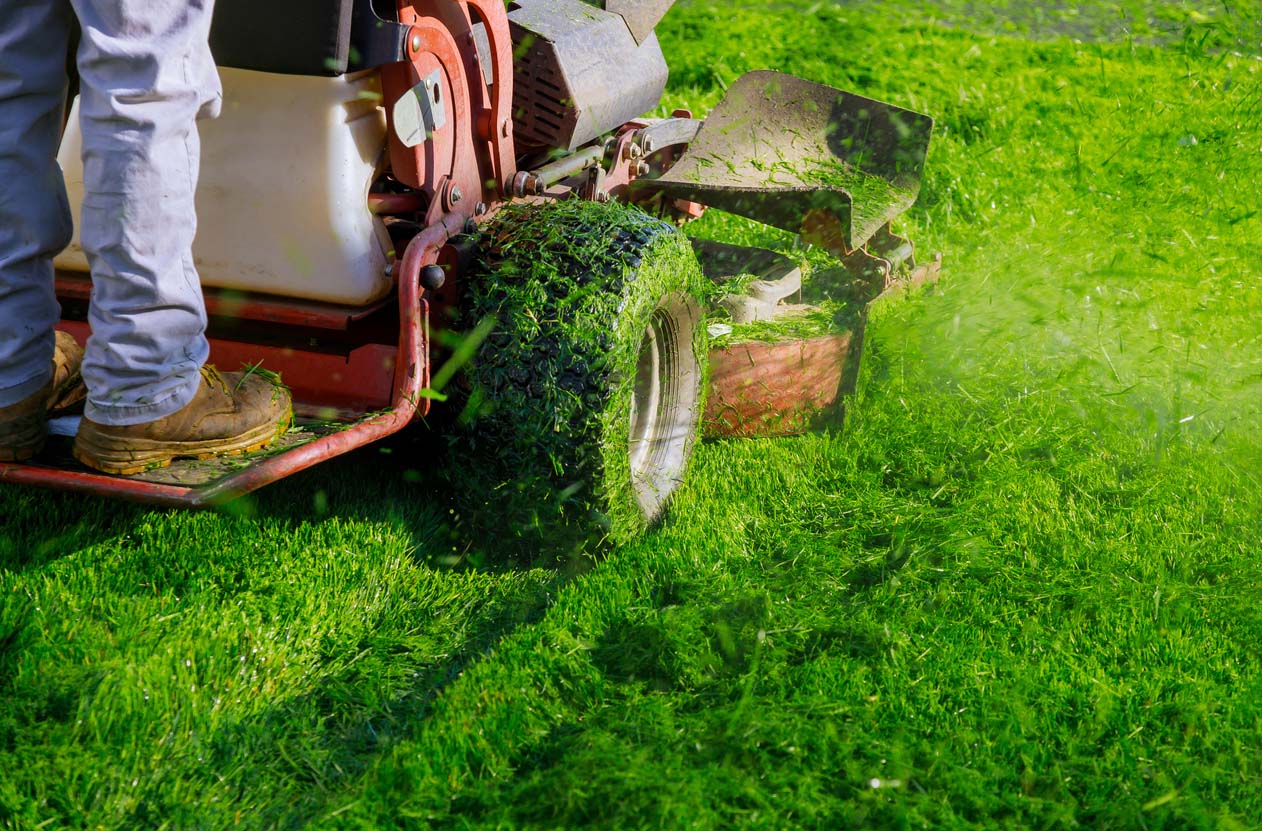

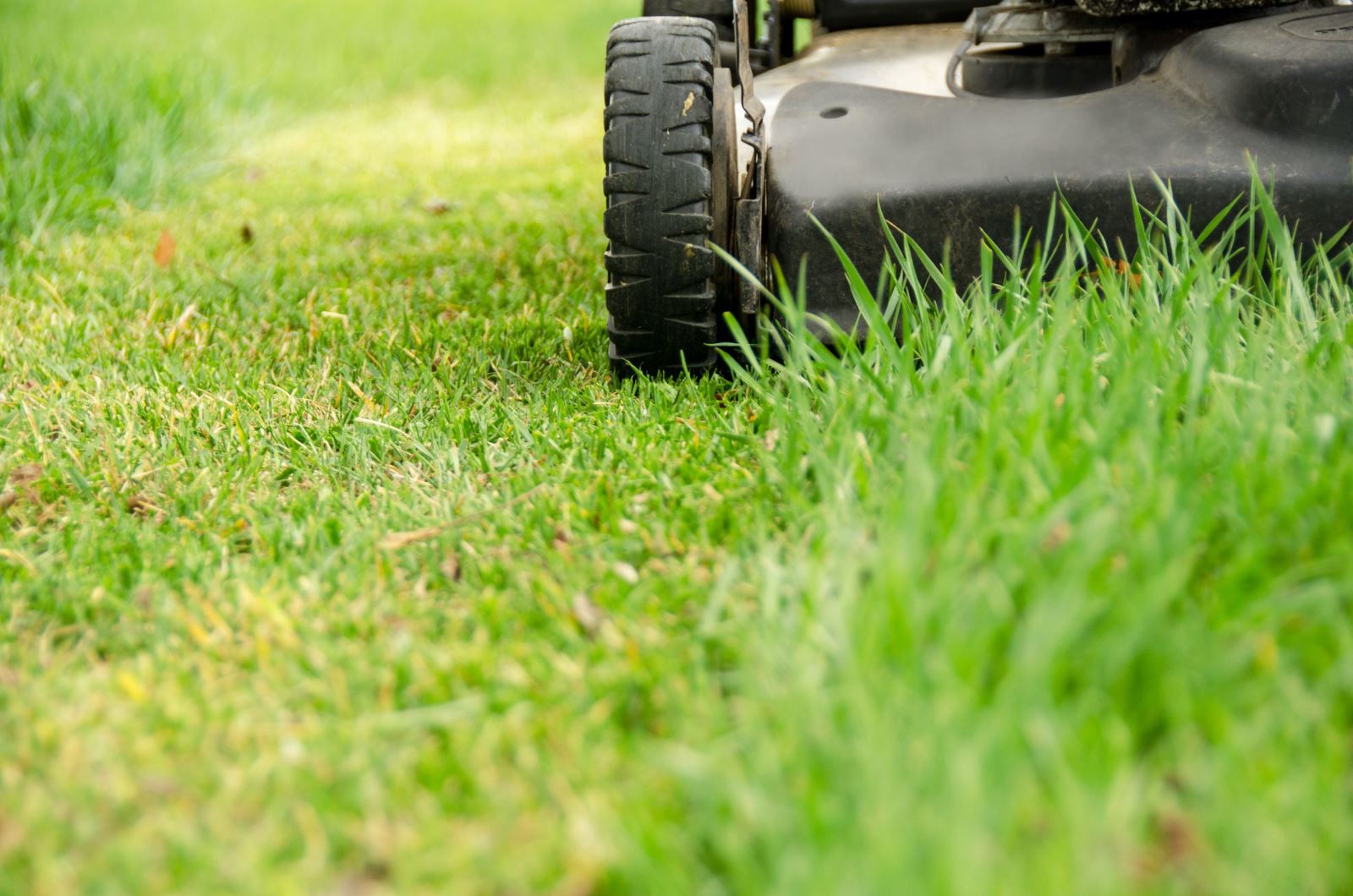
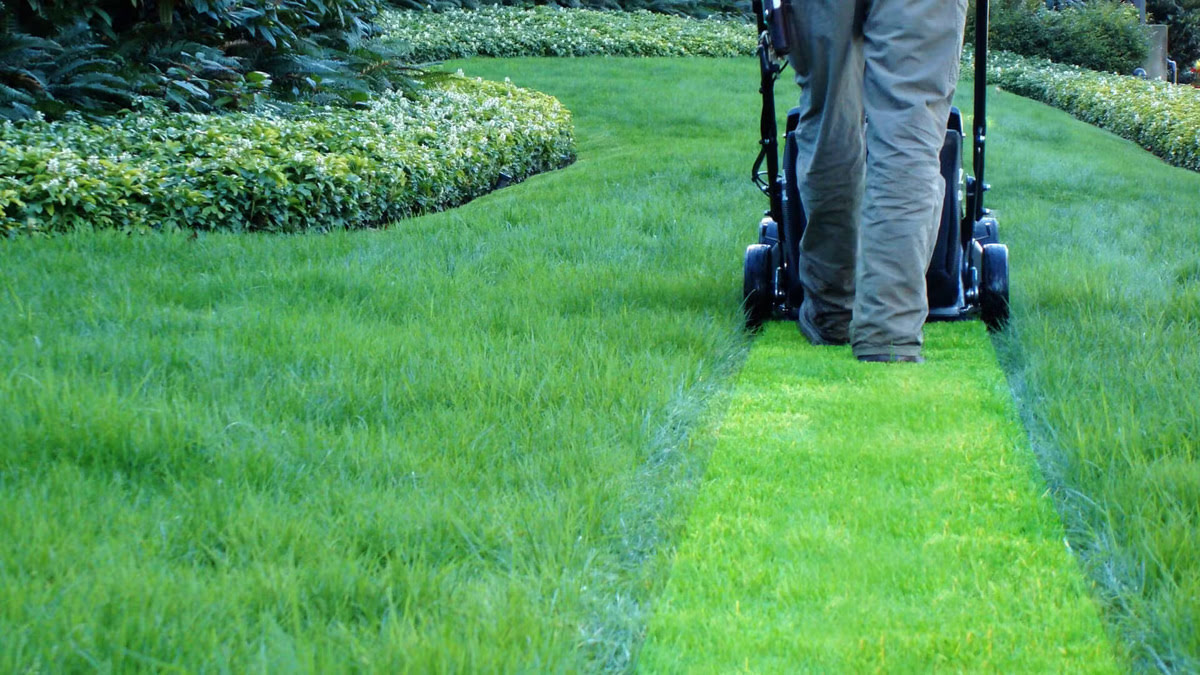
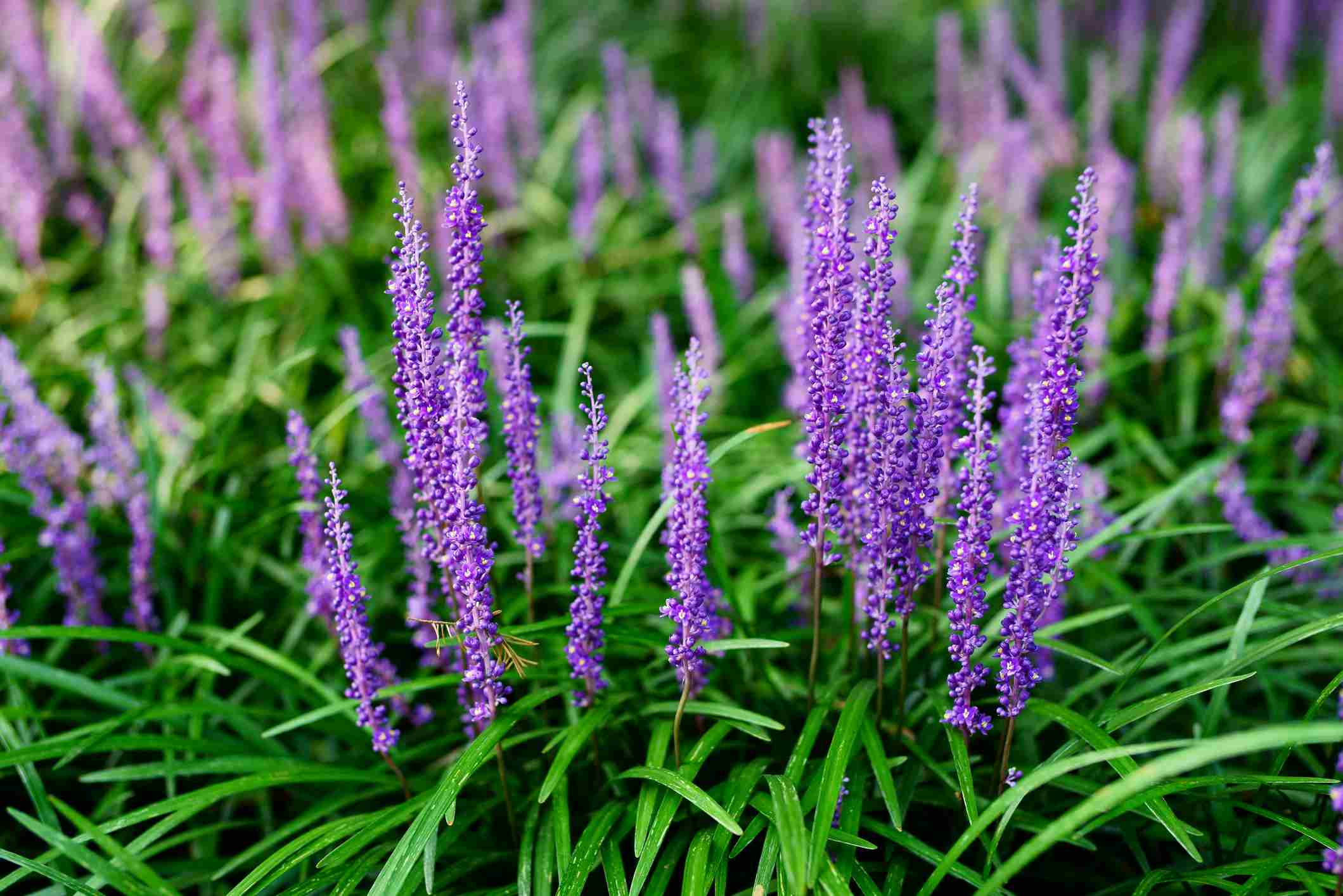
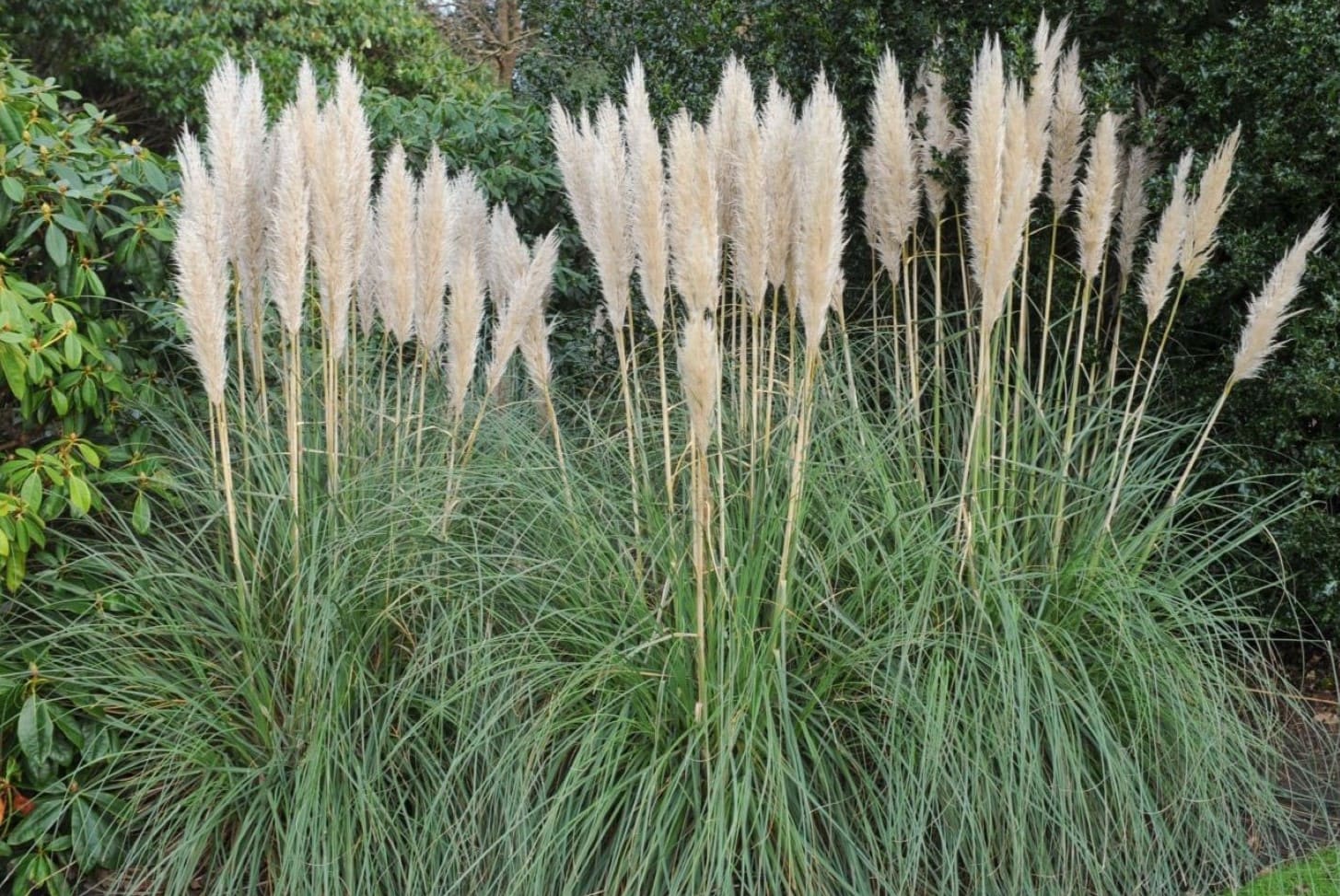
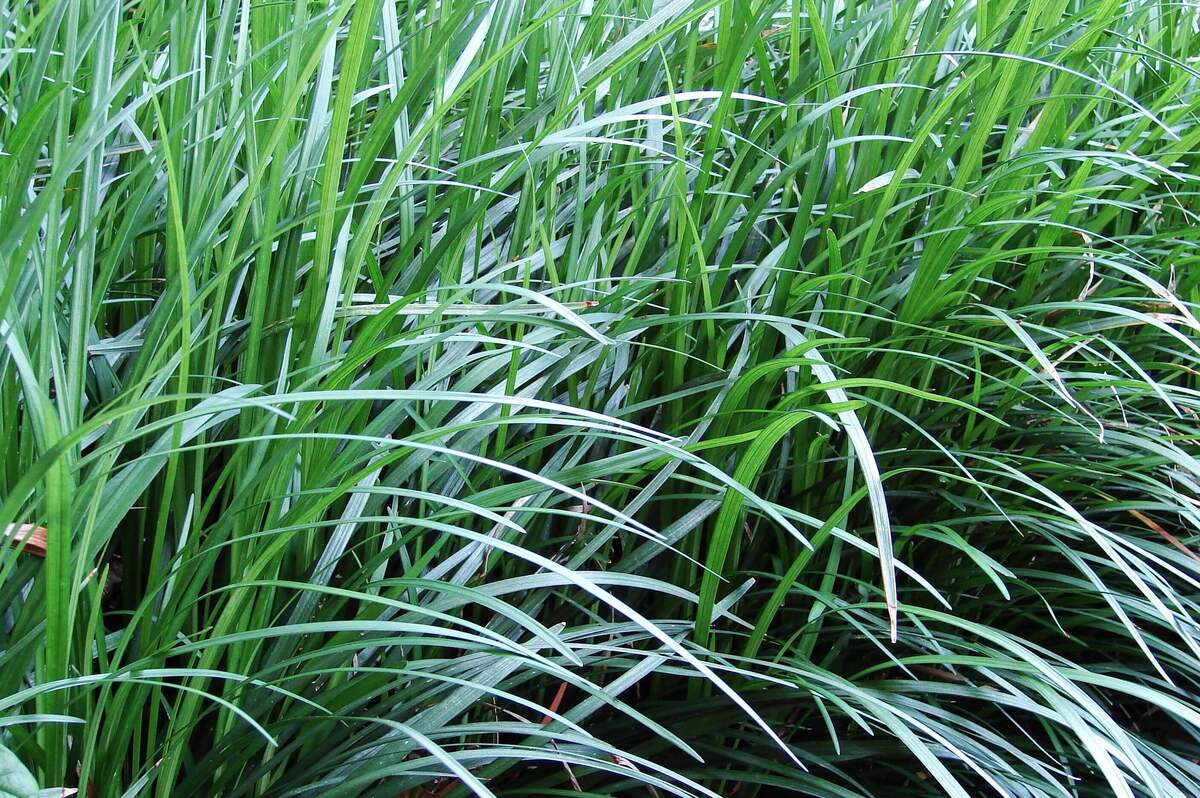
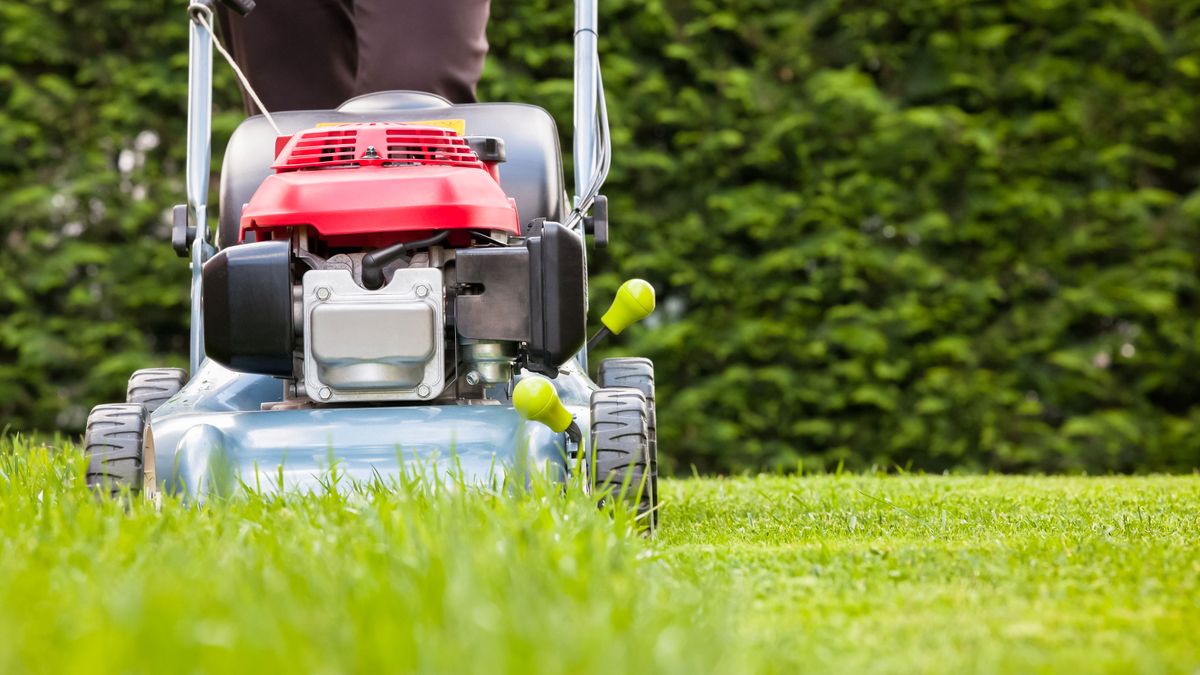
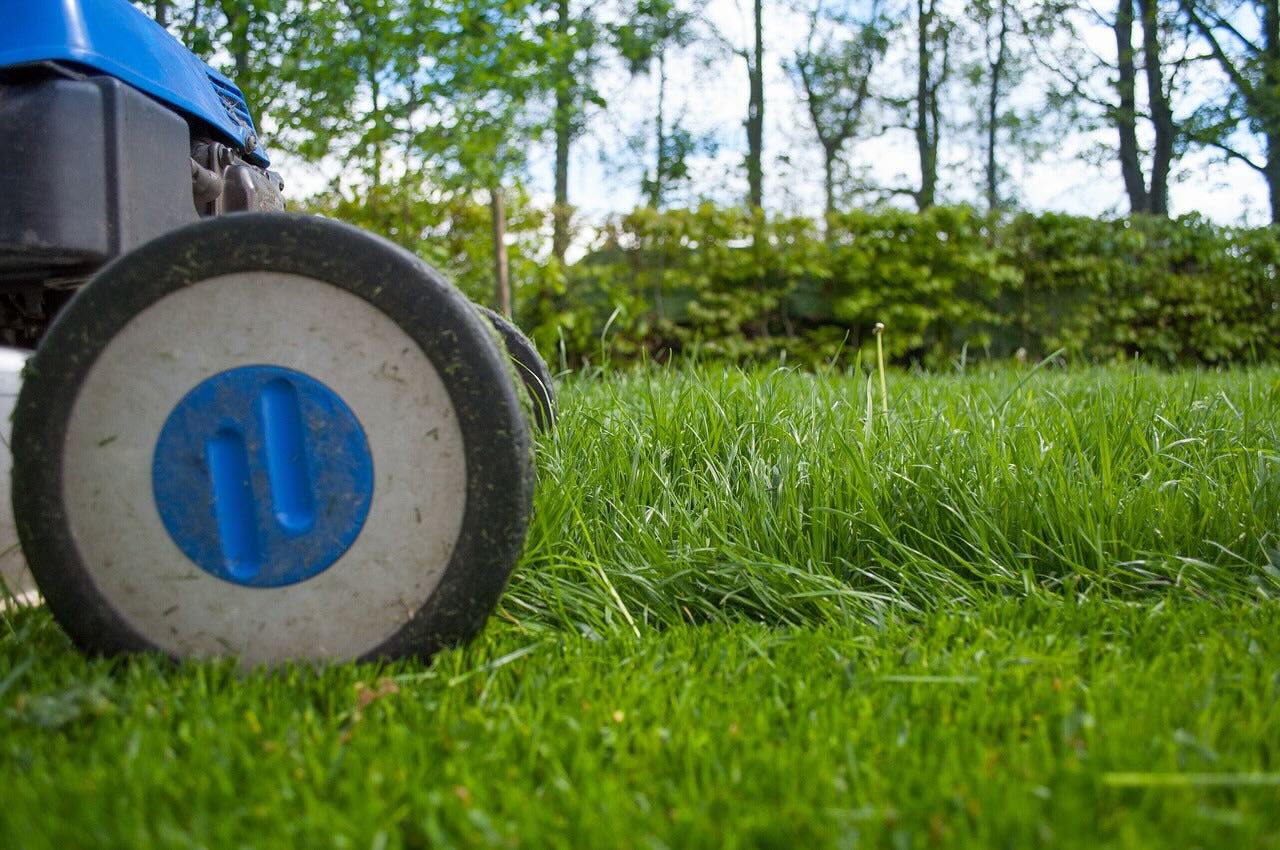
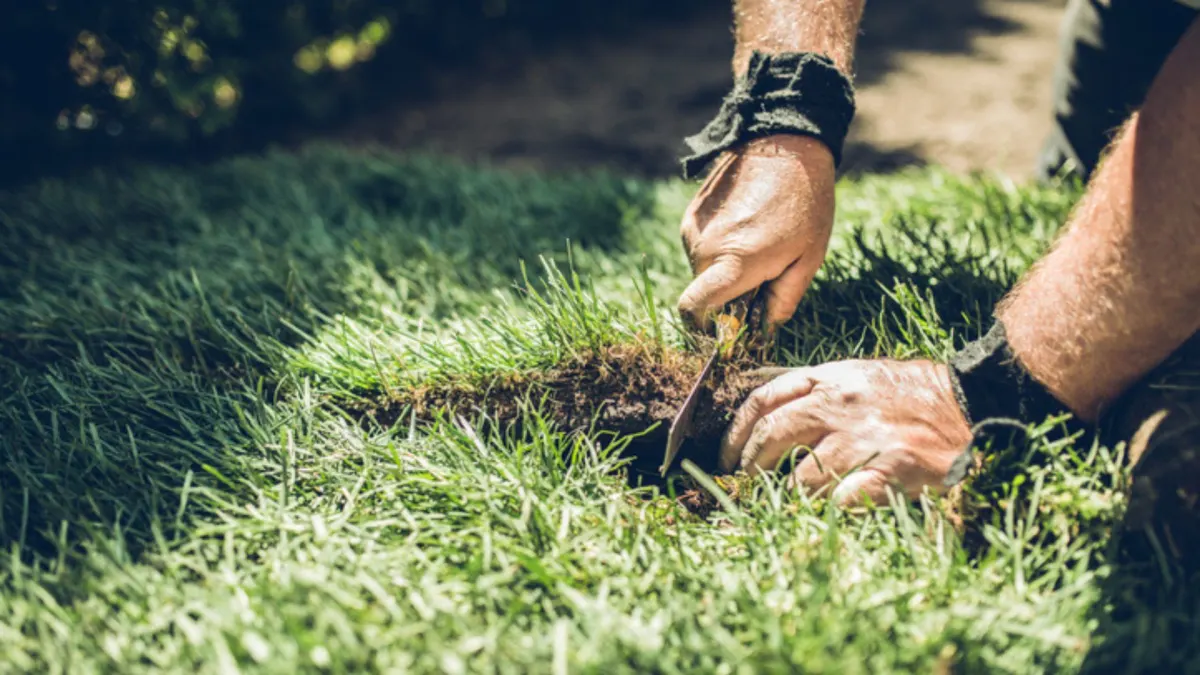
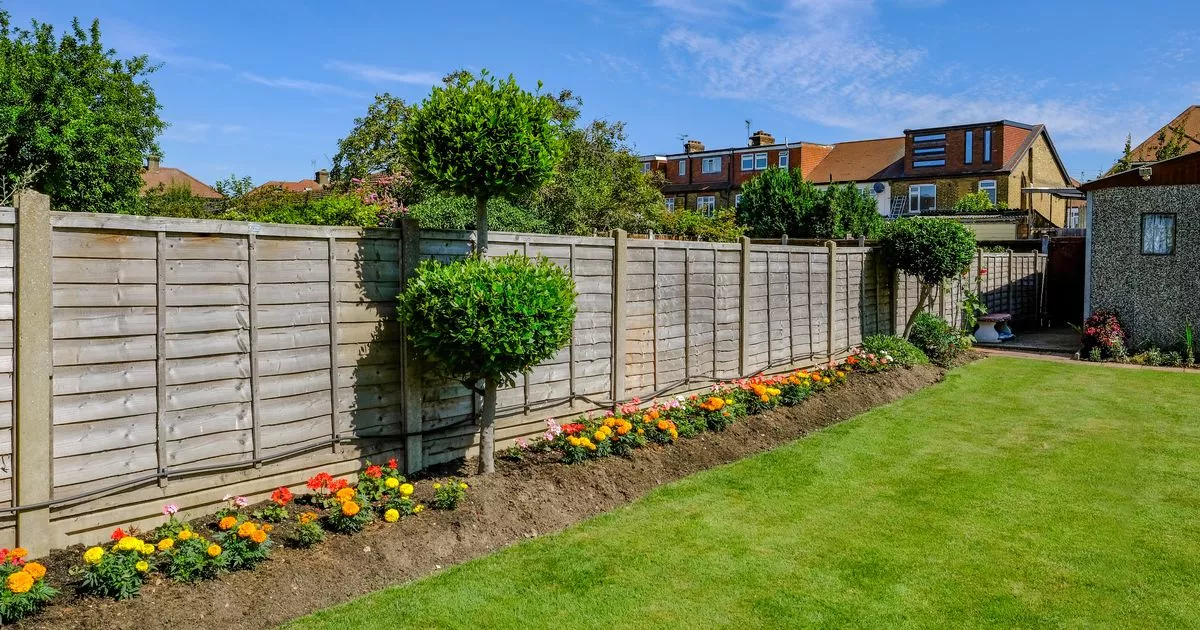
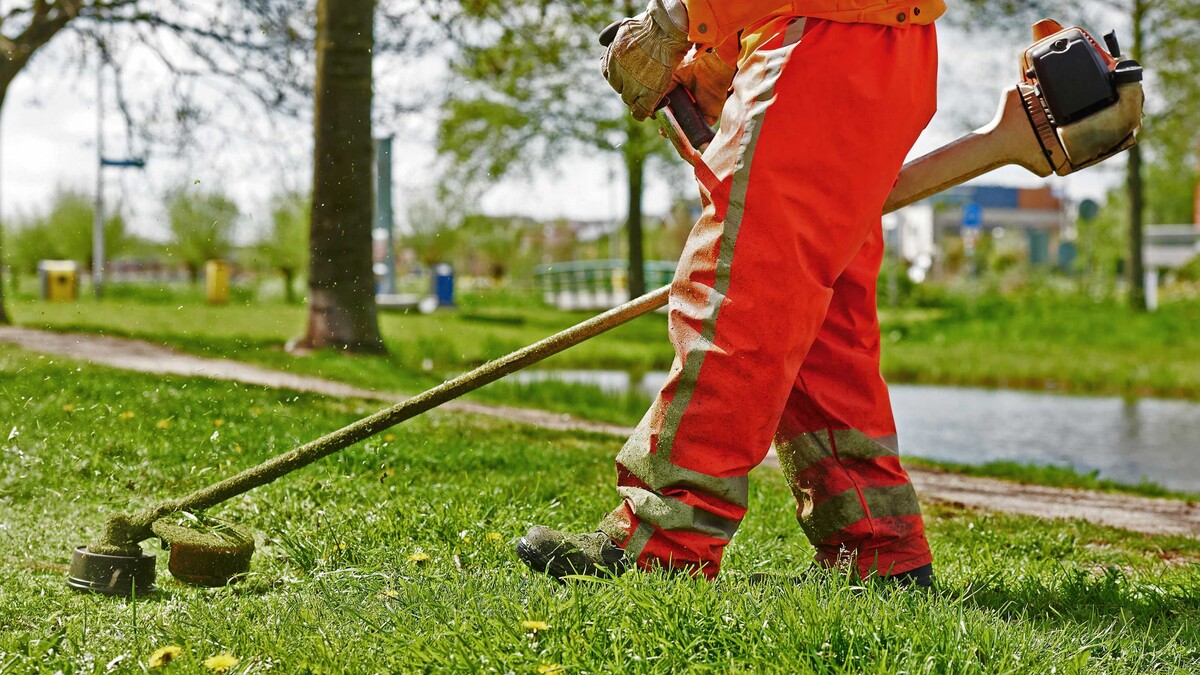
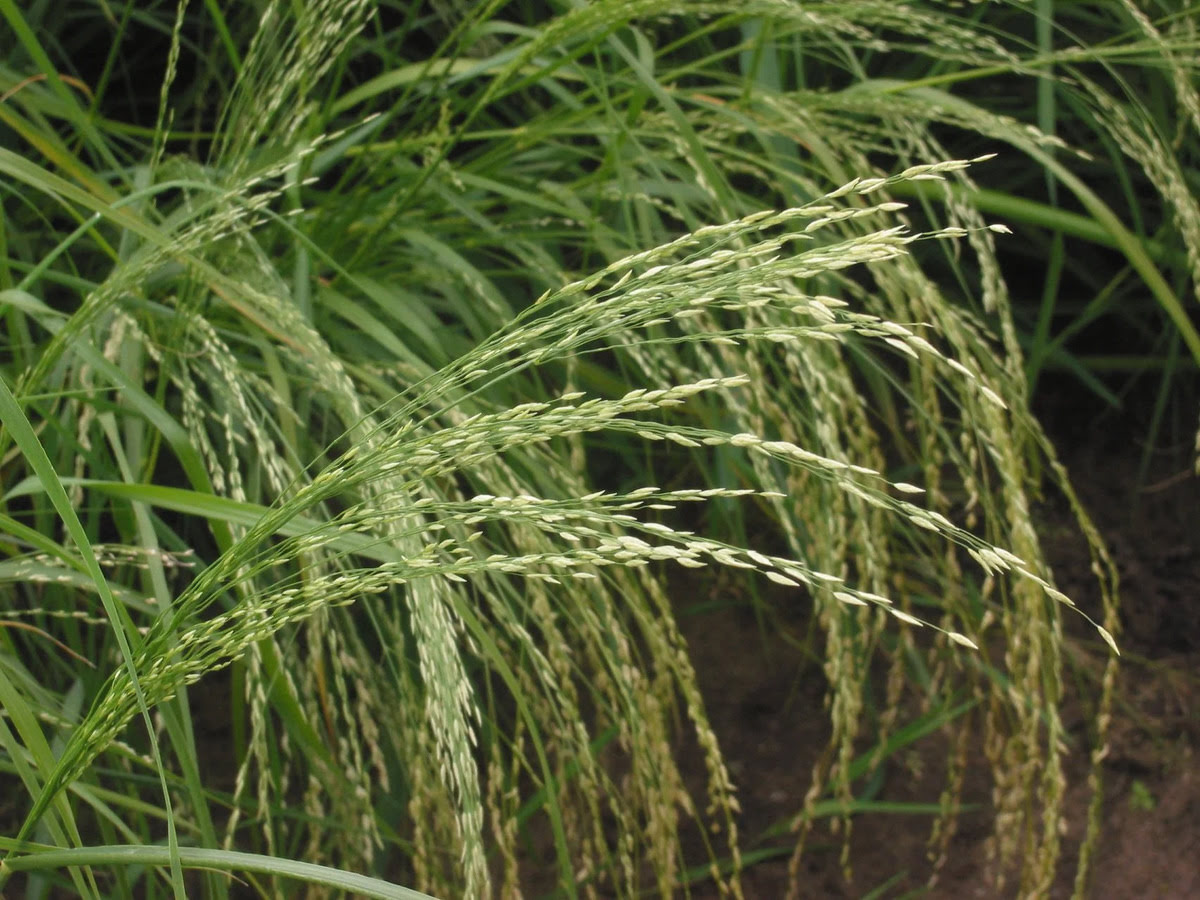
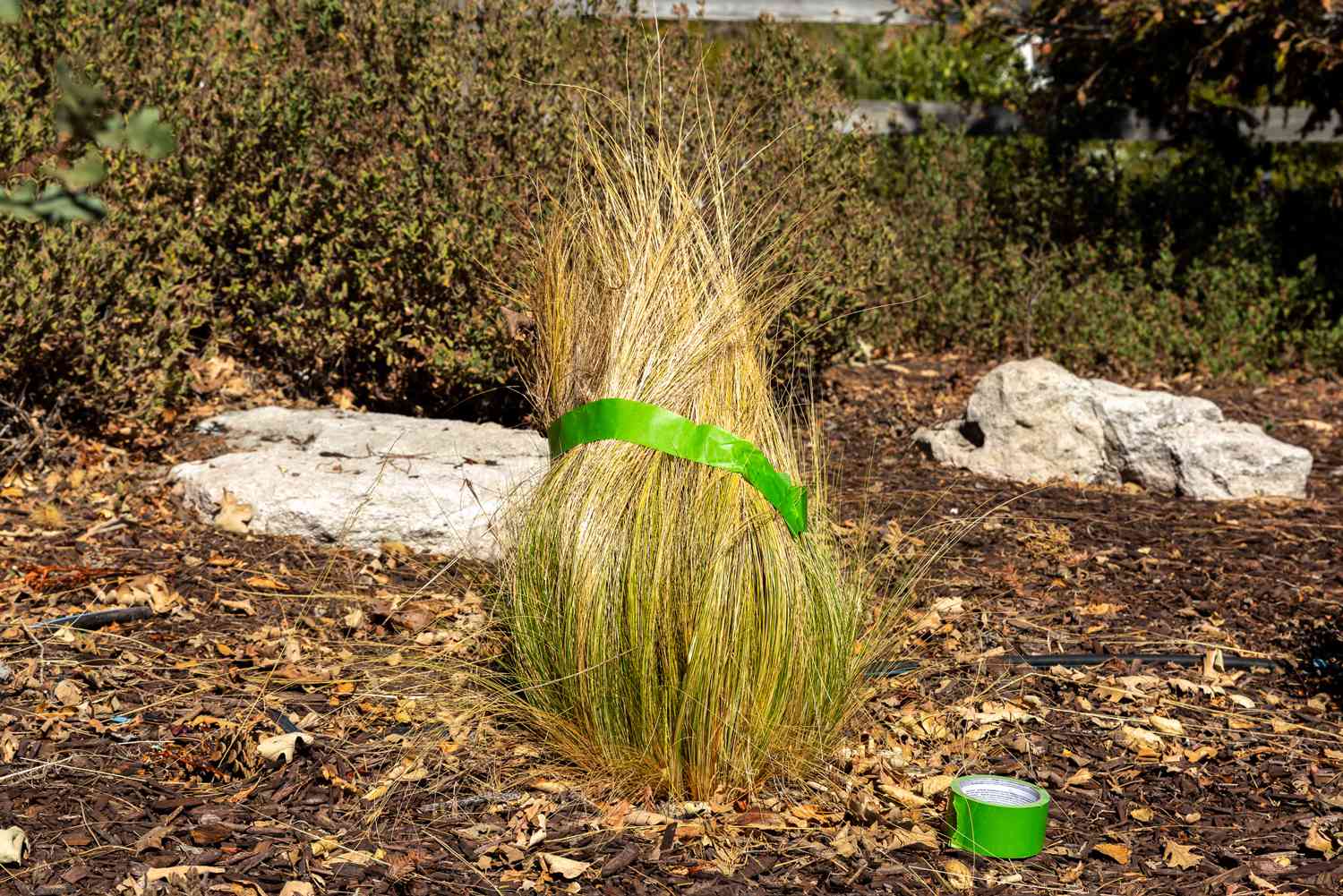

0 thoughts on “When Is A Good Time To Cut Grass”